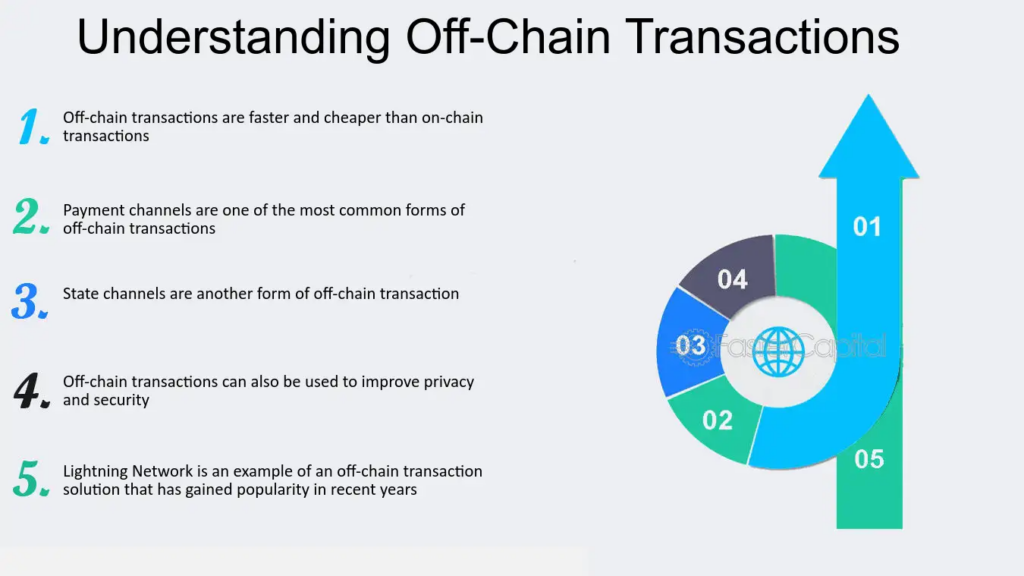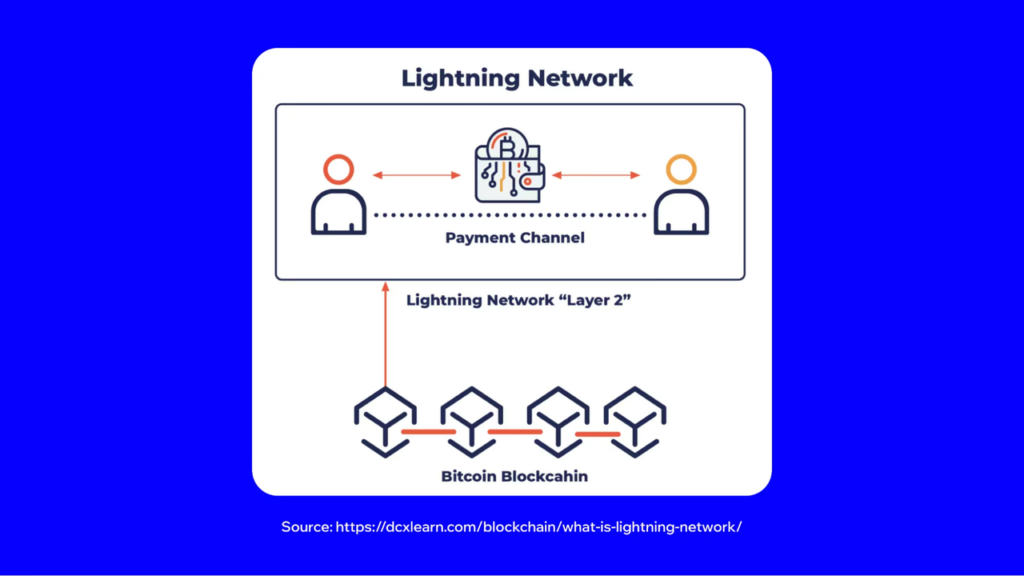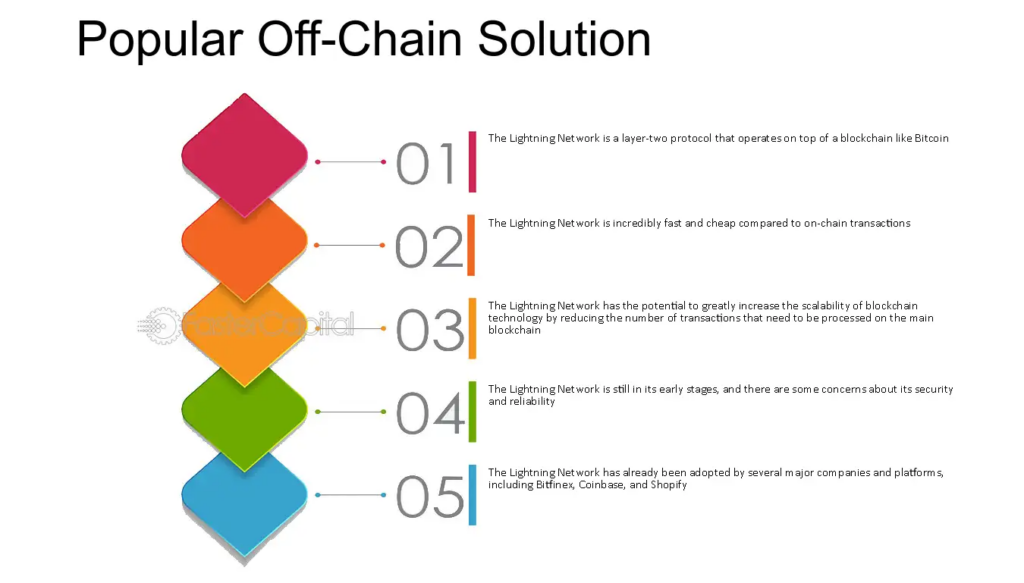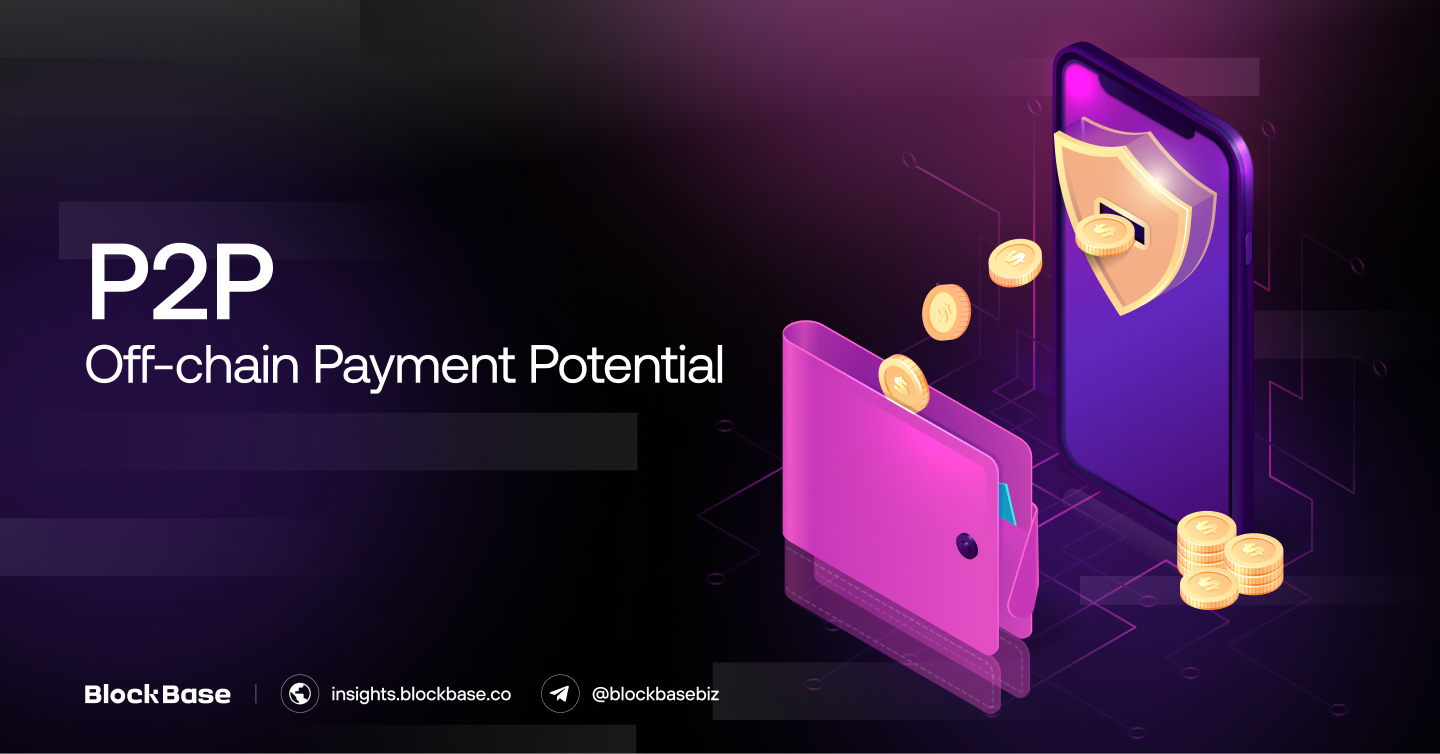In the rapidly evolving landscape of cryptocurrency, the original vision of a decentralized, peer-to-peer (P2P) electronic cash system seems to have been overshadowed by centralization trends. As cryptocurrencies mature, the emphasis on efficient, scalable, and truly decentralized payment methods has become more crucial than ever. This piece explores the potential of P2P off-chain payments as a transformative force in the crypto payment ecosystem.

1. Revisiting the Foundations
Bitcoin, introduced by Satoshi Nakamoto in 2008, was designed to function as a P2P electronic cash system, eliminating the need for intermediaries such as banks. Over time, however, Bitcoin’s role shifted primarily to that of a store of value. The rise in Bitcoin’s price and limitations in transaction throughput made it less practical for everyday transactions.
The introduction of smart contract platforms like Ethereum further diversified the blockchain landscape. These platforms enabled on-chain payments but often introduced complexities and intermediaries that strayed from the original P2P ethos. The tension between decentralization and scalability remains challenging, with most platforms struggling to handle high transaction volumes akin to traditional systems like Visa.
2. The Promise of Off-Chain Solutions
Off-chain solutions like the Lightning Network have emerged to address these challenges. These solutions aim to enhance Bitcoin’s scalability and transaction speed by enabling transactions to occur off-chain, with only the final settlement recorded on the blockchain.

This approach offers several advantages:
- Micropayment Efficiency: Off-chain channels allow for instant, low-cost transactions, making them ideal for micropayments.
- Enhanced Privacy: Transactions conducted off-chain do not need to be publicly broadcast, offering greater privacy.
- Elimination of Intermediaries: By facilitating direct transactions between participants, off-chain solutions uphold the decentralized vision.

3. The Role of Nervos CKB and Fiber Network
Recently, Nervos CKB introduced the Fiber Network, a next-generation Lightning Network built on its platform. This innovation underscores a commitment to reviving Bitcoin’s original vision while addressing current system shortcomings. Key features of the Fiber Network include:
- Flexibility and Innovation: Built on a Turing-complete platform, Fiber Network can implement functionalities that are challenging on Bitcoin, providing a flexible solution for diverse needs.
- Cost Efficiency: With lower on-chain costs than Bitcoin, Fiber Network enhances liquidity management.
- Multi-Asset Support: It accommodates various digital assets, including stablecoins, broadening its application scope.

4. Challenges and Opportunities

Despite the potential, the adoption of off-chain solutions like the Lightning Network has been slow. Factors contributing to this include the limited application scenarios and the volatility of Bitcoin, which makes it less appealing for everyday use. However, solutions like Fiber Networks offer promising innovations that could address these barriers.
CKB’s approach involves creating a connected Lightning Network universe, expanding node participation, and establishing a robust P2P application ecosystem. These efforts aim to facilitate seamless asset transfers across channels and encourage the development of innovative services, driving widespread adoption.
5. Envisioning the Future
The future of crypto payments lies in balancing security, scalability, and decentralization. Off-chain solutions provide a viable pathway to achieving this balance. By leveraging Bitcoin’s foundational technology and integrating it with innovative platforms like Nervos CKB, the crypto community can create a truly decentralized payment infrastructure.
Such a system would support high-frequency microtransactions, essential for future applications like IoT interactions and AI-driven payments. With low latency, reduced costs, and enhanced privacy, off-chain networks can reshape how value is transferred globally, making crypto payments more accessible and practical for everyday use.
6. Conclusion
As the crypto industry evolves, returning to the foundational principles of decentralization and peer-to-peer interactions is vital. The development of P2P off-chain payment solutions, exemplified by the Fiber Network, represents a significant step toward realizing a truly efficient and decentralized crypto payment ecosystem. By overcoming current limitations and embracing innovative approaches, the vision of a seamless, global cryptocurrency payment network is within reach.
In this new era, both large-value transfers and small, frequent transactions can coexist, paving the way for a versatile and inclusive financial future. The journey to redefine the crypto payment landscape continues, guided by the principles of decentralization, efficiency, and privacy.
The information provided in this article is for reference only and should not be taken as investment advice. All investment decisions should be based on thorough research and personal evaluation.





